The first Kawasaki to wear the ZX-10 name was an important model on its launch in 1988. As well as being the firm’s new flagship superbike, it arrived in the aftermath of one of the most costly promotional blunders in motorcycling history.
This bike’s predecessor, the GPZ1000RX, was always likely to have a tough time in succeeding the GPZ900R Ninja, Kawasaki’s first liquid-cooled, 16-valve superbike, which had been hugely popular since its introduction in 1984.
And the firm’s decision to launch the more powerful but heavier and less agile RX at Austria’s Salzburgring, and bring the Ninja along for direct comparison, backfired spectacularly. Most riders preferred the older model and lapped faster on it too. The RX was doomed before even reaching the showroom.
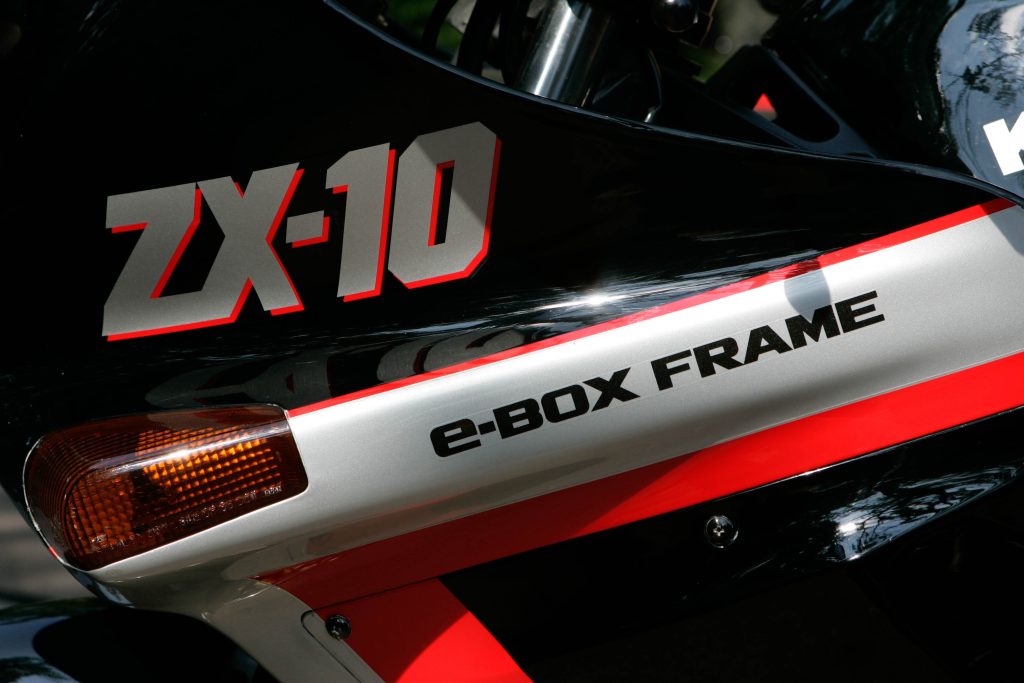
Two years later the ZX-10 was also launched at a racetrack, this time at Jerez rather than the scarily Armco-lined Austrian circuit, but at least Kawasaki didn’t repeat their mistake by bringing along an old favourite too. I enjoyed thrashing the ZX around the recently opened Spanish track, even if my strongest memory is of a colleague’s sheepish grin after crashing and wrecking one, thankfully without injury.
Years later but only a few minutes after pulling away on this well preserved ZX-10, I’m wondering why Kawasaki didn’t simply launch both models on Spanish roads instead. I’m sitting at an effortless 70mph-ish with the 997cc, four-cylinder engine purring smoothly below. The fairing and tall screen are doing a good job of keeping off the wind; the wide seat and plush suspension are adding to the comfort.
This old ZX-10 is certainly powerful; a short, violent burst of acceleration confirms that. But it feels much more like a sports-tourer than a hardcore super-sports bike like its modern ZX-10R near-namesake.
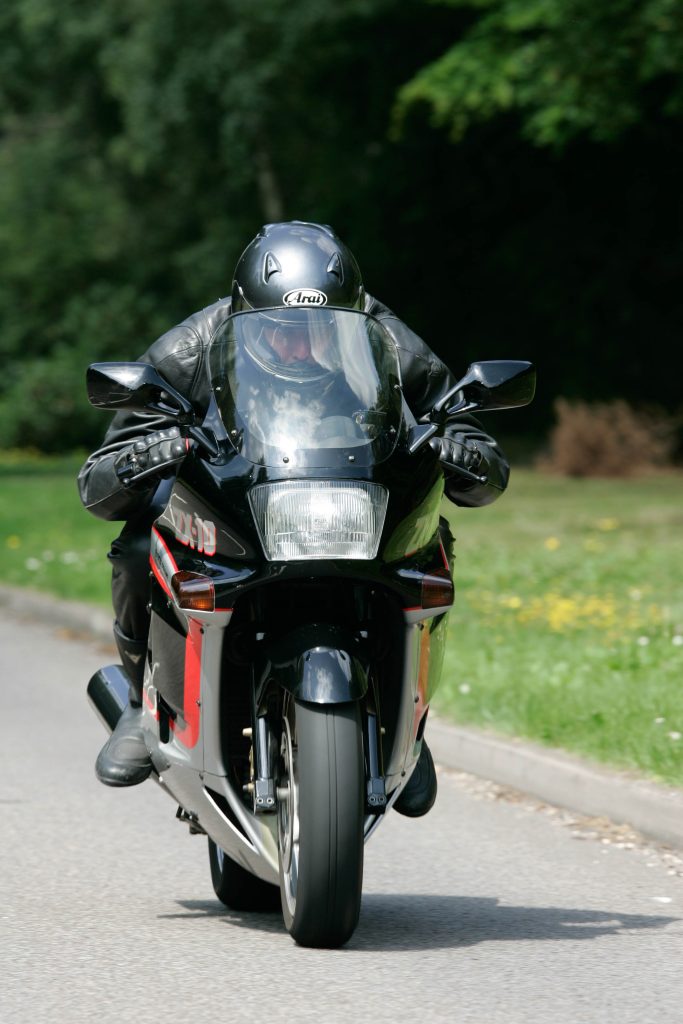
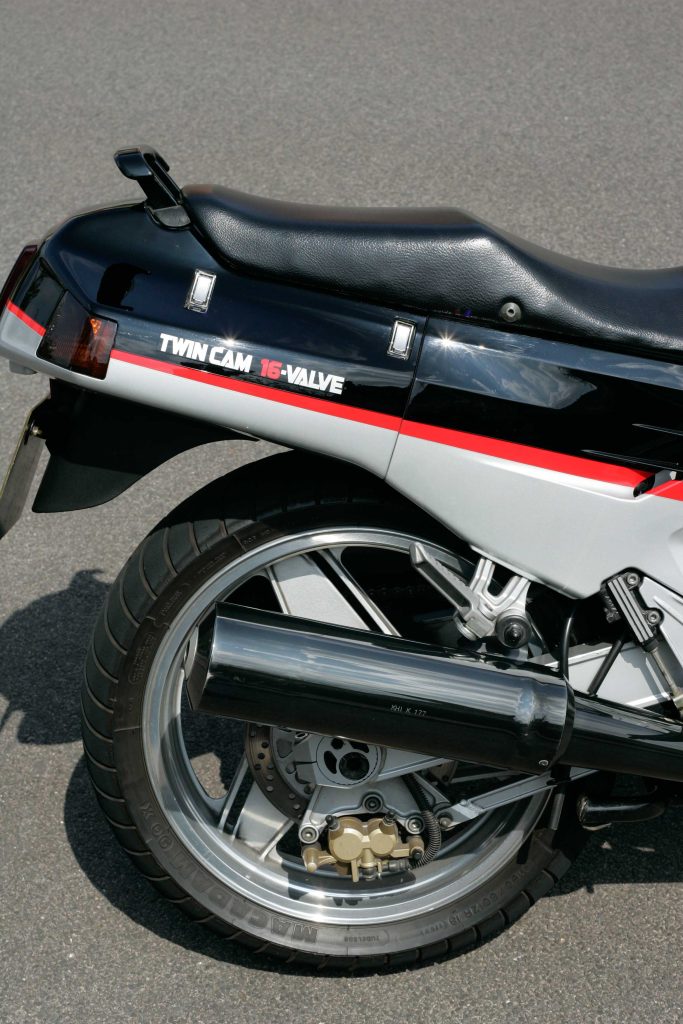
Kawasaki had certainly made every effort in the development of what they described as the fastest and most powerful superbike the firm had ever built. Almost every component was new, although the rounded styling echoed that of the RX.
Capacity was unchanged but compression ratio was increased, and components including pistons, conrods and crankshaft were smaller and lighter. The dohc valve train was redesigned, and the airbox and valves were larger. The result was a 12bhp increase in maximum power, to 137bhp at 10,000rpm.
The ZX-10’s most significant feature was Kawasaki’s first twin-spar aluminium frame, which replaced the RX’s steel tubes and aluminium sections. Kawasaki called the design e-box, in reference to its egg-shaped appearance from above, and claimed it was both stiffer and lighter.
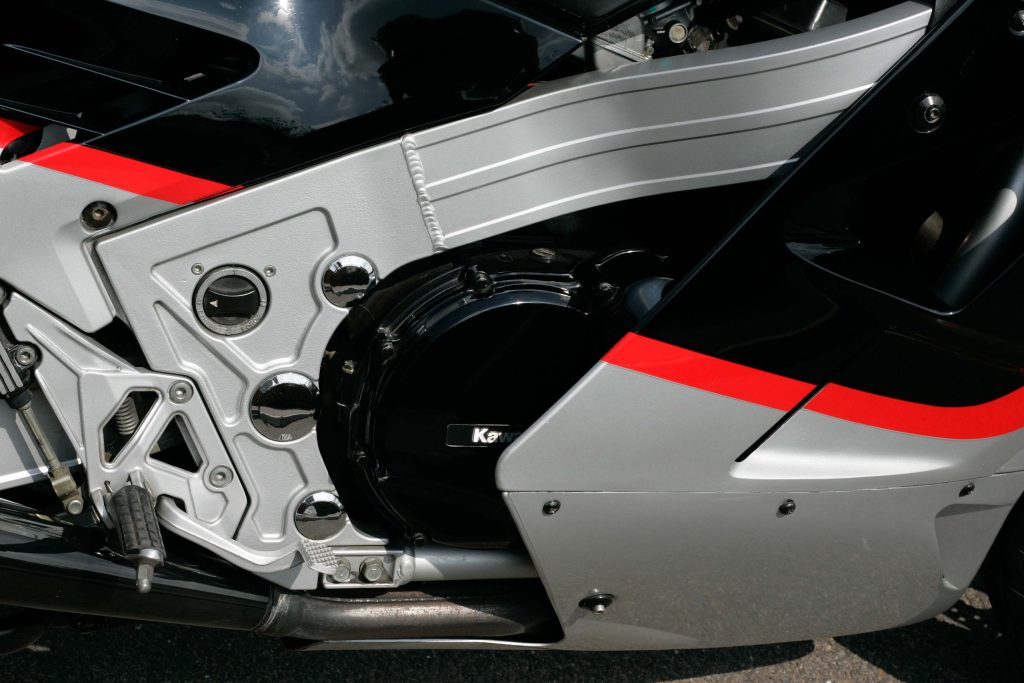
New chassis parts also included thicker front forks, and wheels in 17in front, 18in rear diameters instead of the RX’s 16-inchers. At 222kg dry the ZX-10 was a useful 16kg lighter, and even weighed 6kg less than the GPZ900R.
But it was still one pretty hefty motorbike, and more at home on the road than any racetrack – as I confirmed a few months after its launch in 1988, on a weekend trip from London to south Wales, its pillion seat loaded with girlfriend and throw-over panniers. The ZX was fast and exciting, and also impressively comfortable.
This clean black ZX, borrowed from Hampshire specialists Classic Superbikes, was faster than it would have been when new. It was fitted with carburettor tops from a later ZZ-R1100, to restore its full 137bhp output rather than the 125bhp that it would have been sold with, after being restricted under the UK importers’ old voluntary agreement.
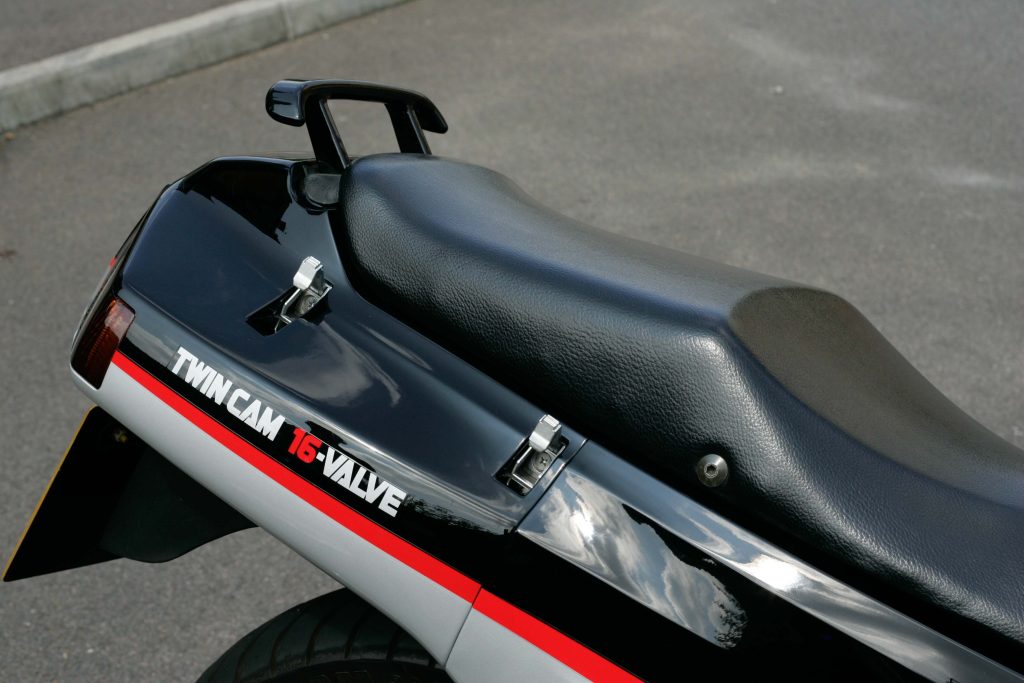
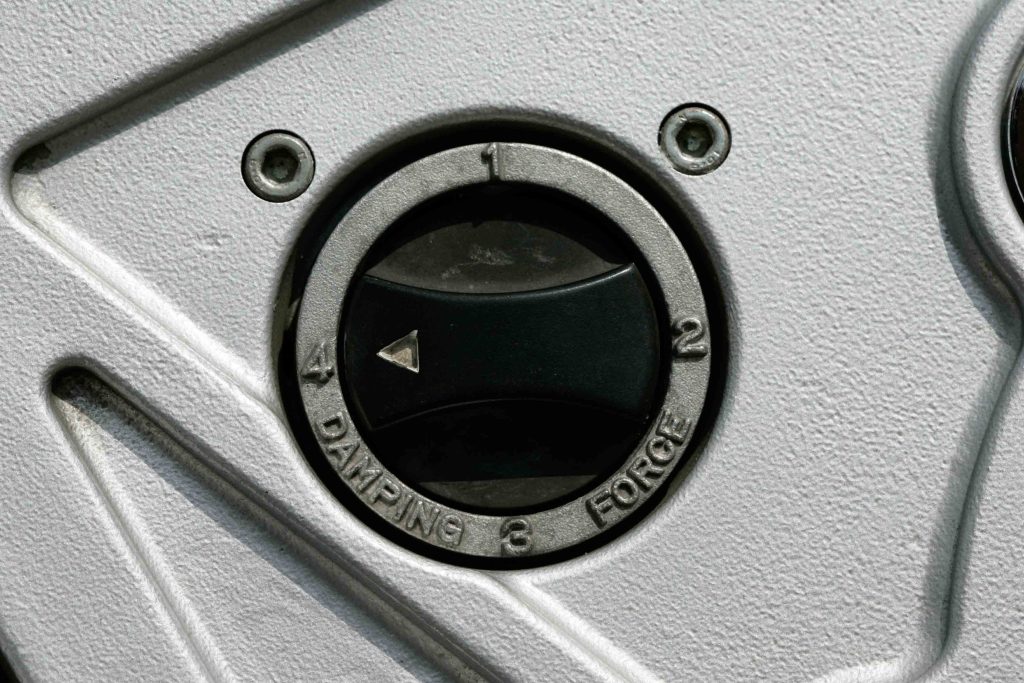
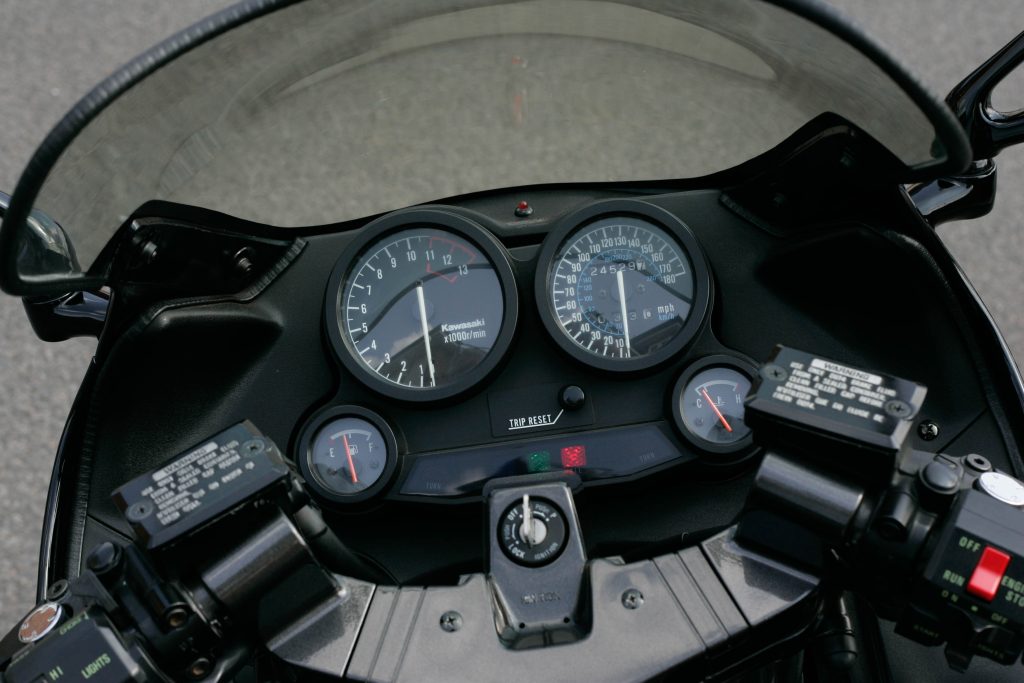
The Kawasaki felt tall and roomy, with a stretch to its slightly raised clip-on handlebars. It seemed nothing like a cutting-edge sports bike as I set off, its motor purring smoothly, the overall impression of a slightly ponderous roadster.
The ZX quickly brought back mixed memories with its low-rev power delivery. Initial response was smooth from 2000rpm, but there was then a pronounced pause before the power kicked in at 4000rpm, which made for erratic progress at low speed.
That hole in the delivery was a pain on the open road too. When I came up behind a car at about 50mph in top gear, and went to overtake, the bike hesitated and needed at least one down-change. Large-capacity motorcycles should not have required such assistance, even back in 1988.
But that was pretty much the limit of the criticism directed at the engine. Once into its stride there was barely a step in the power delivery, and the big liquid-cooled lump’s smoothness made using its revs very tempting, especially as the six-speed gearbox shifted cleanly.
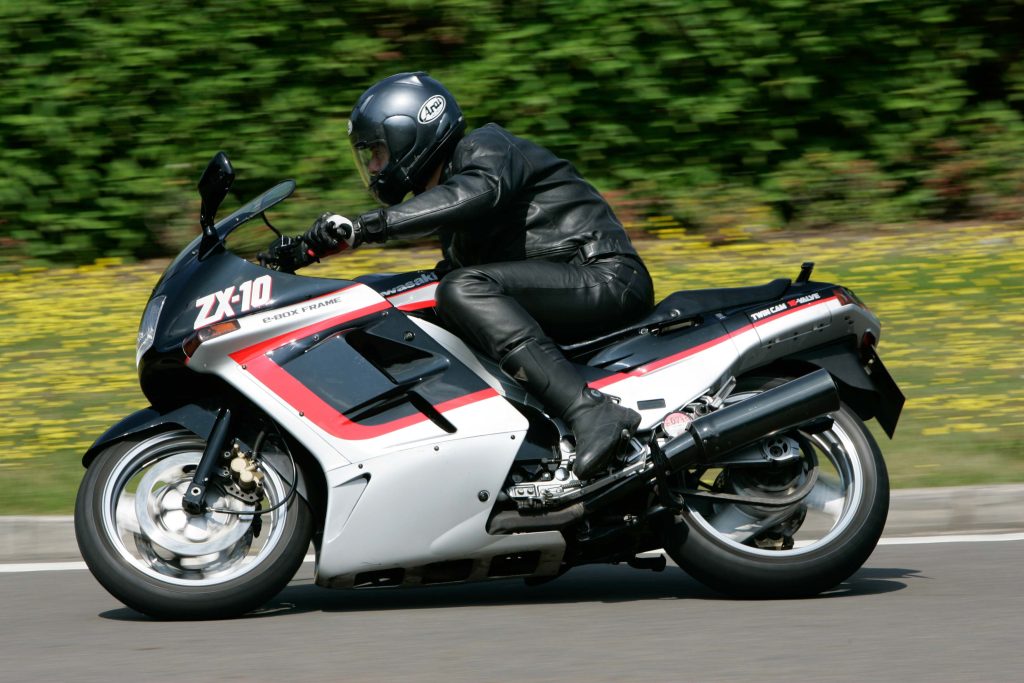
And the ZX-10 sure was rapid, especially in unrestricted form. An American magazine tested a full-power ZX-10 at 168mph, making it the world’s fastest production bike. I was just as glad of the ZX’s excellent mirrors as I had been in 1988.
I was also appreciative of the Kawasaki’s wind protection. Its screen was taller than the GPZ1000RX’s, and sent most of the breeze over my head although I’m tall. As I noted after covering several hundred miles on that two-up trip in 1988, this difference was worth more than any dozen extra horsepower.
Handling was good by the standards of the day, benefitting from the sharper chassis geometry and reduced weight. Inevitably the Kawa still felt unwieldy by modern standards, needing plenty of effort through the bars to push it into a turn.
Where the ZX-10 always excelled was with its stability, and that remained true. And it went round corners pretty well, with plenty of grip from its Michelin tyres. I was even quite impressed by its front brake’s power, even though I’d rated the stopper only average when new.
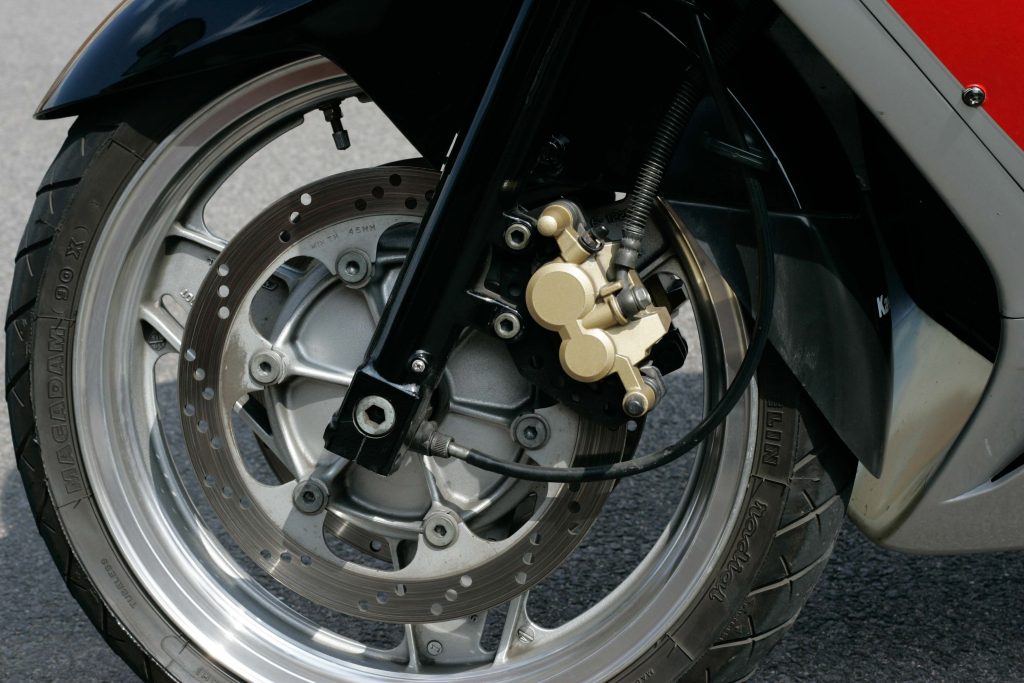
It was easy to understand why the ZX-10 had made such a good job of that weekend touring trip. Along with the wind protection and roomy riding position, the dual seat was supportive, and the pillion had a sturdy grab-rail. There were even luggage hooks below the seat.
That practicality did not prevent the ZX-10 from becoming the second model to be outlasted by its illustrious predecessor the GPZ900R, which remained in the range as a low-cost four when the ZZ-R1100 arrived as Kawasaki’s flagship in 1990.
But the first ZX-10 had made its mark, starting a long line of success not just with its name but with its blend of powerful four-cylinder motor, aluminium beam frame and considerable sports-touring ability.
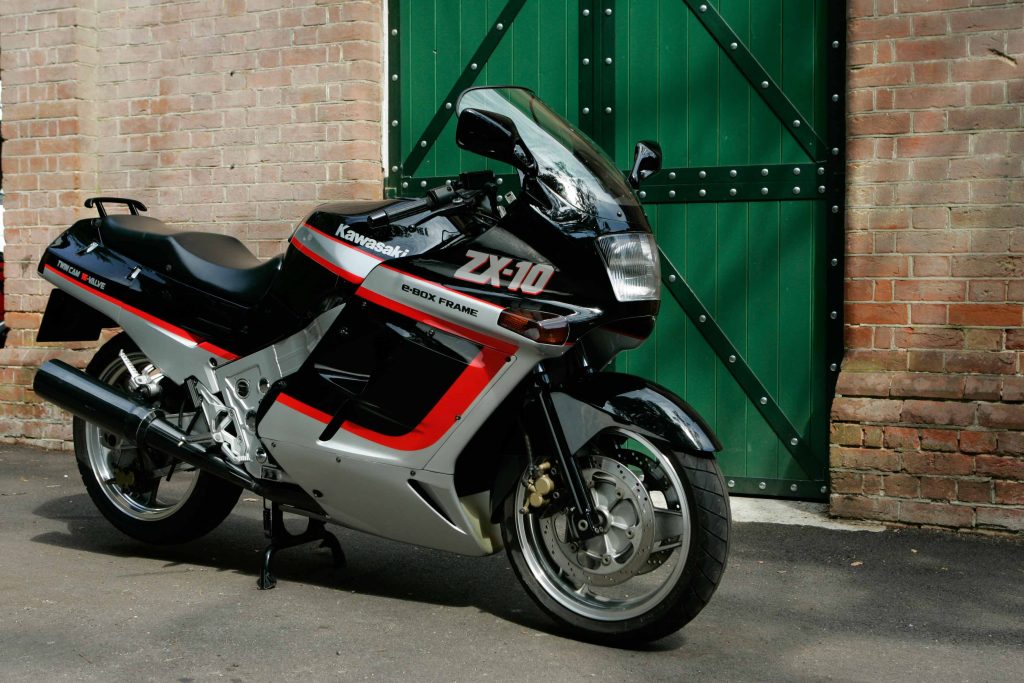
1988 Kawasaki ZX-10
You’ll love: The storming acceleration from 5000rpm
You’ll curse: Every time you hit the low-rev flat spot
Buy it because: It’s still quick and comfy, and doesn’t cost much
Condition and price range: Project: £2000 Nice ride: £3000 Showing off: £4000
Engine: Liquid-cooled DOHC four
Capacity: 997cc
Maximum power: 137bhp @ 10,000rpm
Weight: 238kg without fluids
Top speed: 165mph
Check out the Hagerty Media homepage for daily news, features, interviews and buying guides, or better still, bookmark it. Or sign up for stories straight to your inbox, and subscribe to our newsletter.








